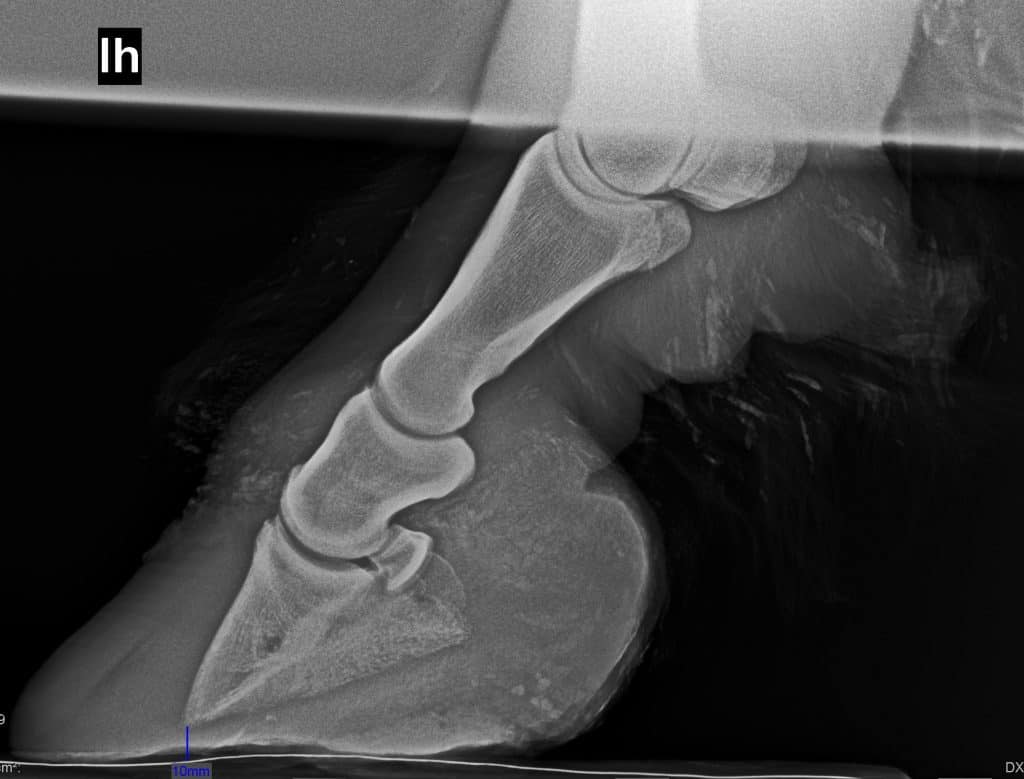Laminitis is a condition we see very frequently within our practice and is now an almost year round condition. Wherever there are overweight ponies and horses there will be cases of laminitis.
The two main causes of laminitis are Equine Metabolic Syndrome and Cushings Syndrome. There are other causes ( traumatic or toxin associated), however the vast majority of cases we see would fall into the first two categories.
Regardless of the cause, the symptoms of laminitis will be very similar. Horses may appear reluctant, or stiff to move, especially when turning. There may be heat in the feet and an obvious pulse evident. Often the horse will appear to be rocked back as it tries to take the weight off its front feet.
If you have a pony that is demonstrating these symptoms then it could well be that it is suffering from laminitis. Unfortunately by the time the horse is exhibiting symptoms of laminitis then damage will have already been caused to the laminae within the hoof, so contacting your vet at the first sign of discomfort will hopefully prevent further worsening and damage occurring to the feet.
Veterinary attention will involve trying to establish the cause of the laminitis- normally involving blood tests, and secondly trying to make your horse as comfortable as possible and prevent any further damage to the structure of the foot.
Anti-inflammatories will likely be administered and frog supports applied to the feet to prevent any rotation or sinkage of the pedal bones. Radiographs will often be taken to establish whether this has occurred and what corrective farriery is required to prevent any further change.





